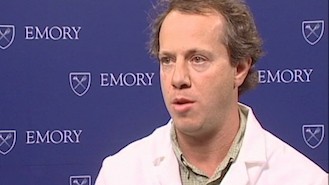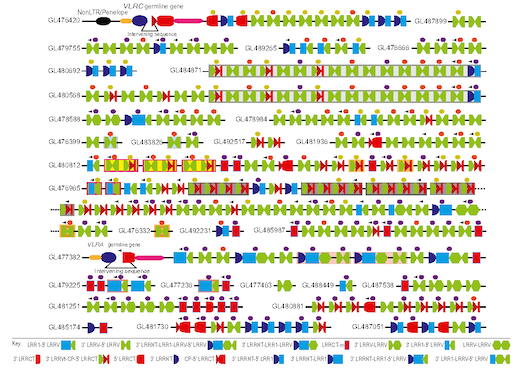It may seem like a stretch to compare an enzyme to a notorious criminal, especially one as distinctive as Omar Little, a character from the HBO drama The Wire played by Michael Kenneth Williams.
But stick with me, I’ll explain.

Omar is a stick-up man who robs street-level drug dealers. When drug dealer henchmen Stinkum and Weebay ambush him, they are unsuccessful and Stinkum is killed. Omar tells Weebay, who is hiding behind a car: “Come at the king, you best not miss.â€
At Emory, Ed Mocarski, Bill Kaiser and colleagues at GlaxoSmithKline have been studying an enzyme called RIP3. RIP3 is the king of a form of programmed cell death called necroptosis. RIP3 is involved in killing cells as a result of several inflammation-, infection- or injury-related triggers, so inhibitors of RIP3 could be useful in modulating inflammation in many diseases.
In a new Molecular Cell paper, Mocarski, Kaiser and their co-authors lay out what happened when they examined the effects of several compounds that inhibit RIP3 in cell culture. These compounds stopped necroptosis, but unexpectedly, they unleashed apoptosis, another form of programmed cell death. Read more







